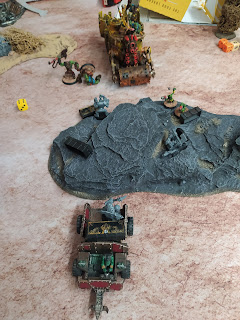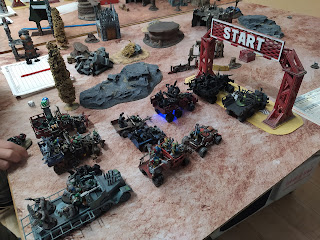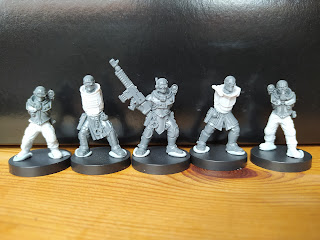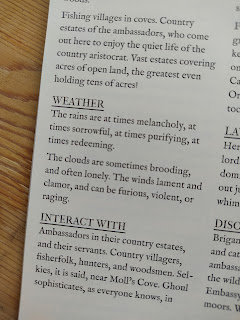Apologies for my lack of involvement over the last few months, real life gets in the way sometimes. I do have a post still in draft for the September Carnival theme, then Orktober took over, and had I previously posted something on the theme for November and was struggling for ideas...
But on to this Carnival! To bookend Scot's January topic of "Beginnings", for December 2023 I've chosen an intentionally broad theme of "Endings" to close the year.
 |
| Image credit: NataliaDrepina |
Some suggestions:
Campaign finales and closing plot arcs
(I'm particularly interested in this; as much a fan of shorter campaigns that I am, I still struggle with endings - it's easier to just keep the story rolling on!)
Character death, retirement, and TPKs
(I've talked briefly about the latter before, but I still think it's an interesting topic)
2023 in review / retrospective
(I don't usually do this, but I like reading them; and I think I will this year as I started the year off with hopes and dreams - if you are too then please share here!)
But anything goes that fits the theme!
Drop a link to your themed post in the comments on this post, all welcome, and I'll post a wrap-up at the end of the month when the Carnival moves on.
After this month the 2023 RPG Blog Carnival is ending - signups to host in 2024 are open at the hub on OfDiceAndDragons, along with general info about getting involved (and why you should) and links to all the past Carnivals too.











